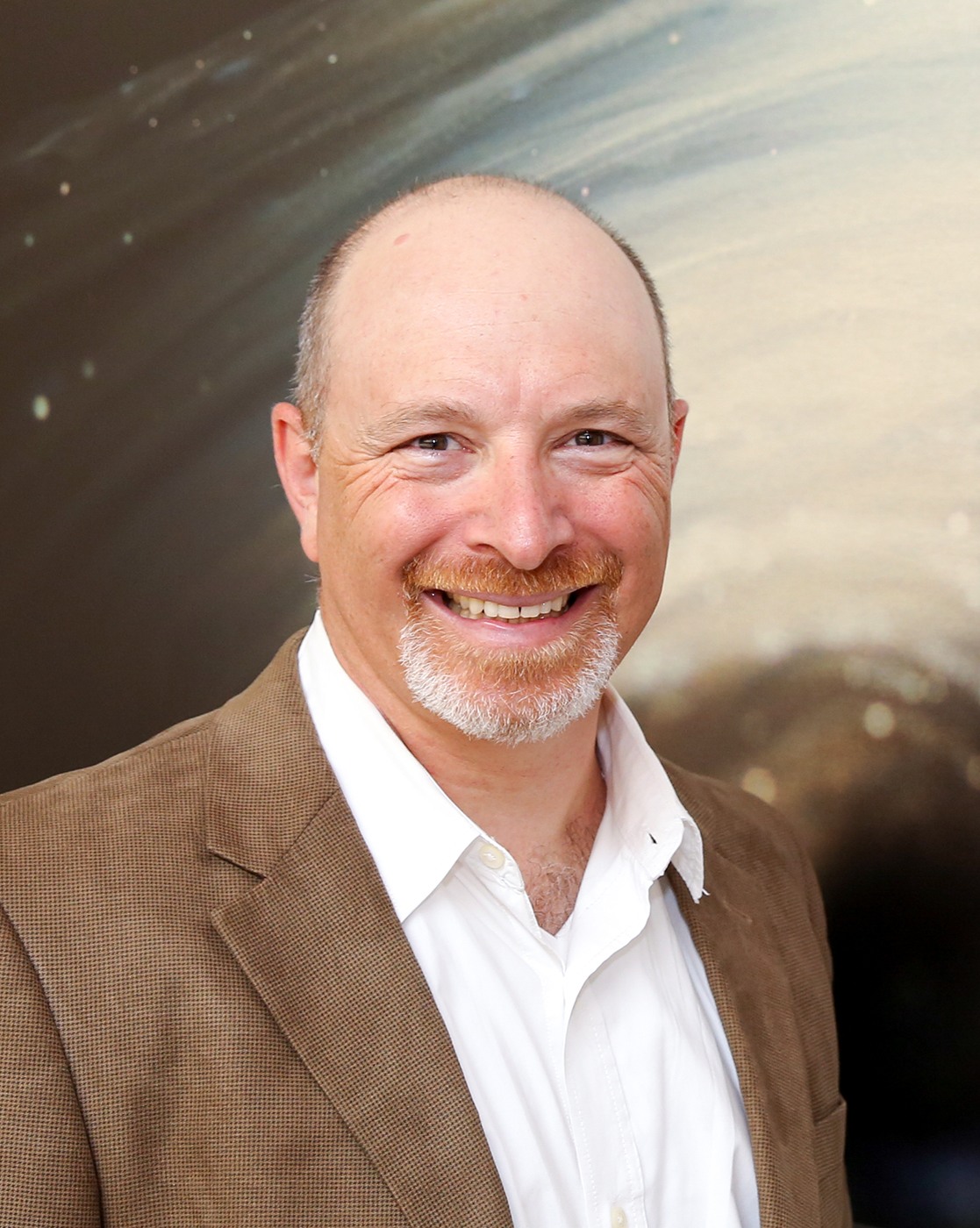When Texas A&M University physicist David Toback was elected three years ago as co-spokesperson for the CDF collaboration at the U.S. Department of Energy’s Fermi National Accelerator Laboratory (Fermilab), he had one primary goal: to help the group’s 400-person active author list publish the collaboration’s important legacy papers and final results.
Although the Collider Detector at Fermilab experiment representing 63 institutions in 15 countries was no longer collecting new data when Toback assumed his leadership role on June 1, 2014, its impact lives on in its analysis, which recently resulted in the collaboration’s landmark 700th paper published in Physical Review D and shedding new light on the production rate of charm quarks.
Fermilab’s Tevatron and CERN’s Large Hadron Collider (LHC) are the past and current record holders, respectively, for the most powerful particle collider on Earth. After 26 years of colliding particles, the Tevatron shut down on September 29, 2011, with the completion of the LHC. However, because it observed collisions between protons and antiprotons via its two detectors — the three-story, 6,000-ton CDF, along with its companion DZero — Toback notes that the Tevatron produced fundamental results that can neither be achieved nor replicated at the LHC.
“We are excited about this milestone publication,” Toback said. “We are equally excited about the measurements of the mass of the W-boson and the mass of the top quark coming out soon. Both will be comparable to if not better than those of the LHC.”
A member of the Texas A&M faculty since 2000, Toback currently serves as the Arthur J. and Wilhelmina D. Thaman Professor for Undergraduate Teaching Excellence and is a member of the George P. and Cynthia Woods Mitchell Institute for Fundamental Physics and Astronomy. Elected as a fellow of the American Physical Society in 2015, he is the author of the popular textbook “Big Bang, Black Holes, No Math” and originator of the related undergraduate course offered by the Texas A&M Department of Physics and Astronomy.
Toback, who is now in his second two-year term as CDF co-spokesperson and overall physics coordinator, began working with the collaboration in 1991 as a graduate student at the University of Chicago. In the past, he has served as co-convener of the Top + Beyond the Standard Model Group and also guided the Supersymmetry Group — a leading candidate to explain dark matter and one focus of Toback’s study.
Texas A&M’s history is more extensive than Toback’s with the CDF experiment, given that it was co-founded in 1980 by Texas A&M physicists Peter McIntyre — current head of Texas A&M Physics and Astronomy — and Robert Webb. Texas A&M has had a continuous presence in the collaboration since its inception, including four additional physicists — Toback, Ricardo Eusebi, Teruki Kamon and Alexei Safonov — who either were students or postdoctoral researchers within it and are now among its principal investigators. Kamon produced the collaboration’s fourth Ph.D. thesis (there are 638 to date), followed by Toback (159th, 1997), Safonov (242nd, 2001) and Eusebi (345th, 2005). All four played lead roles in Tevatron Run II, with Toback leading the team that built the timing system for the CDF electromagnetic calorimeter.
In addition to faculty contributions, Toback notes that 11 Texas A&M students have earned Ph.D.s based on CDF-related work: Ziqing Hong (Toback, 2015); Jonathan Asaadi (Toback, 2012), Adam Aurisano (Toback, 2012); Andrey Elagin (Safonov, 2011); Eunsin Lee (Toback, 2010); Vadim Khotilovich (Safonov and Kamon, 2008); Peter Wagner (Toback, 2007); Vyachelav Krutelyov (Kamon, 2005); James Done (Kamon, 1999); Louis Keeble (McIntyre, 1992) and Timothy Hessing (Webb, 1990). Wagner’s was recognized as the 2007 Universities Research Association’s Graduate Thesis of the Year. Many more Texas A&M students achieved master’s degrees and/or did honors undergraduate thesis-related work with CDF. In addition, many within this collective CDF-inspired whole have gone on to faculty positions, including at Texas A&M and other prestigious research universities worldwide.
The collaboration’s crowning achievements include discovery of the top quark in 1995 and detection of the first substantive evidence of the Higgs boson prior to the Large Hadron Collider’s 2012 full discovery that collectively resulted in Peter Higgs’ and Francois Englert’s subsequent 2013 Nobel Prize in Physics for theoretically predicting the elusive particle’s existence 50 years ago.
To learn more about CDF, visit http://www-cdf.fnal.gov/collaboration/.
For more information on Texas A&M Collider Physics, go to http://collider.physics.tamu.edu/.
###
This story by Shana K. Hutchins originally appeared on the College of Science website.






